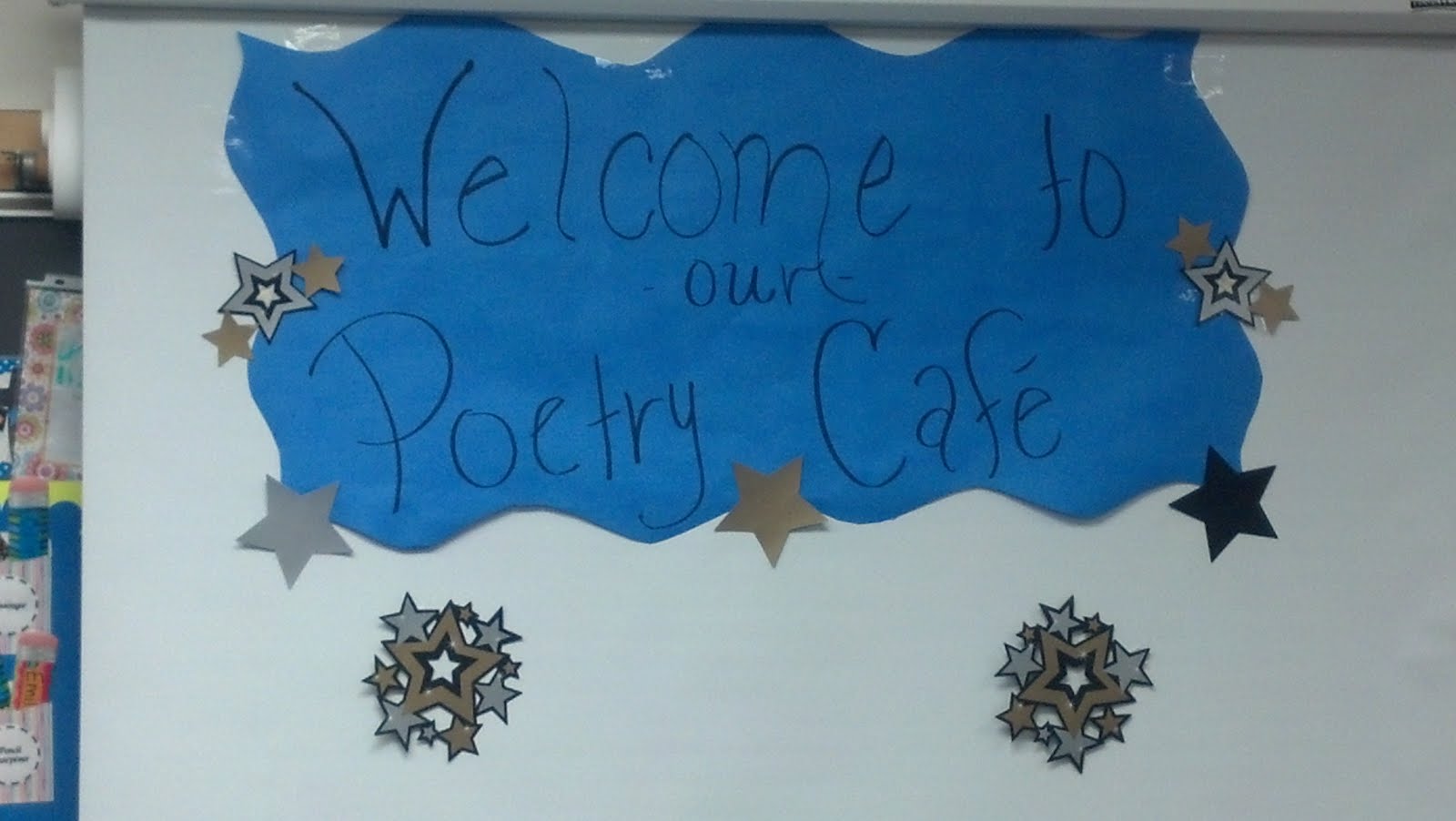 |
| Poets Dr. Kathleen Hellen, Melanie Henderson, Linda Joy Burke, Truth Thomas, Derrick Weston Brown, Fernando Quijano III and Dr. Tony Medina. |
One of the panelists was poet Melanie Henderson. Melanie grew up in Washington, DC and still lives, works, and is raising a family there. She is editor of a local journal, Tidal Basin Review. Melanie talked about being a mom and the challenges of raising a black son in DC.
There are so many difficult issues our kids will face as they grow up -- prejudice, learning how to handle conflicts, staying safe. My children are older, but when they were young I agonized over whether I should protect their innocence, their lack of knowledge about such things as racism. At some point, I'd have to start preparing them for reality.
The panel closed with each poet reading a poem. Melanie's "A Post-Black Mesostic" was written in a form I didn't know. (You'll notice "mesostic" rhymes with "acrostic.")
Let's take a look at the poem first, and then we'll talk about the form. This one would be great to try with advanced middle schoolers on up through adults.
A Post-Black Mesostic
by Melanie Henderson
by Melanie Henderson
nat turNer
amadOu diallo
huey newTon
emmett Till
assata sHakur
jamEs byrd
tulsa Race riot
sEan bell
kelleY williams-bolar
jEna 6
thaT one
Melanie read the poem first, then read the line that runs down its middle.
Let's talk form. A mesostic shifts the word or phrase being highlighted from the left hand side of the poem, as in an acrostic, to the middle. This makes the theme of the poem more subtle than it is in an acrostic. In "A Post-Black Mesostic," the embedded phrase elevates the piece from a powerful list to a note of caution and hope.
There are strict mesostics, which have rules about not repeating letters from the highlighted phrase or word. Too complicated, at least to begin with. Start with a reinterpretation of an acrostic. How you place the lines of the poem is dictated by its central word or phrase, which must run in a straight line down the middle of the poem.
More important, you can achieve a haiku-like juxtaposition in a mesostic. In Melanie's poem, the list of names and events clearly relates to issues of social justice and civil rights, but the poet's point of view is absent until we find the phrase "Not there yet."
 |
| The murder of Emmett Till helped galvanize the Civil Rights movement. |
In a haiku, two images are presented together. The way those two images interact in the reader's mind -- the space the poet creates for understanding -- is one of the ways the form surprises us, despite its apparent simplicity. I think the same thing is happening in "A Post-Black Mesostic." There is a space between the poem and the phrase at its center. In that space, a reader is free to interpret, react, respond.
One of my favorite e.e. cummings poems functions in a similar way, although the theme is less provocative.
l(a
le
af
fa
ll
s)
one
l
iness
I love surprising students with this one. Many of them can't figure it out at all, until we write it out lengthwise: l(a leaf falls)oneliness
It's fun to talk about how cummings breaks up the words of the poem to get effects like a single letter L, which looks like a number one on the page. But the key is that juxtaposition of image (falling leaf) and idea (loneliness). As in a mesostic, the reader is left to sit with the metaphor and ponder it for herself.
Melanie says she first learned about mesostics at the Torch: Poetry & Prose by African-American Women reading at AWP 2011. "Evie Shockley was one of the featured readers. She read a number of mesostics from her newest poetry collection, The New Black, and I was excited to try it myself."
 |
| Melanie Henderson is winner of the 2011 Main Street Rag Poetry Book Award. |
She explains the genesis of "A Post-Black Mesostic."
"My poem examples (purposefully presented in no specific order) several Black Americans and events directly affecting Black Americans in U.S. history beginning with the early 19th-century uprising led by Nathaniel Turner and ending with more recent events/people (Jena 6, Kelley Williams-Bolar, and That One). I use this span of time and these specific instances to illustrate that not much has changed with regard to race relations in the U.S. and that the injustices towards Black Americans have sustained. I use these examples to specifically counter the inane use of the term 'Post-Black.'"
With the turmoil of political movements like the TEA Party and Occupy Wall Street happening right now, writing mesostics could be a powerful way for older kids to explore current social justice issues that concern them.
If you try a mesostic with your class, or just for yourself, let us know how it went. Our host for Poetry Friday is Mary Ann at Great Kid Books. Enjoy all of the amazing poetry posts.



5 comments:
How interesting! This is something I will have to practice several times myself before introducing the form to my students - sounds great!
Phenomenal! Thank you for introducing me to these poets and this form.
Thank you for introducing us to this challenging form, and for sharing such a powerful example of it. Love all the Living Poetry pictures, too!
Tara -- a big idea + some tinkering is needed for this form, I think. I'm inspired to try a mesostic myself. It seems like a way to tackle a big, loaded concept like "Beauty."
Steven and Robyn, glad you stopped by. I also love learning about different forms and the effects they create. Robyn, the living poems were so much fun. Thanks for checking them out.
Noted, Viewed, and Shared.
Thanks for the Update!
Post a Comment